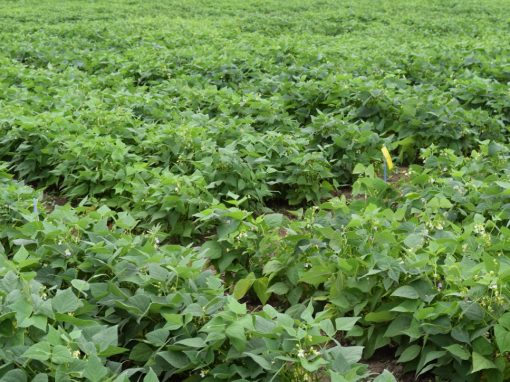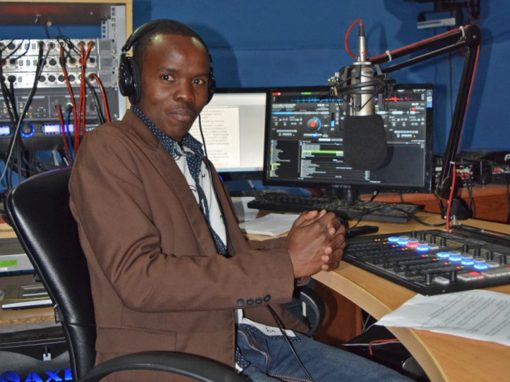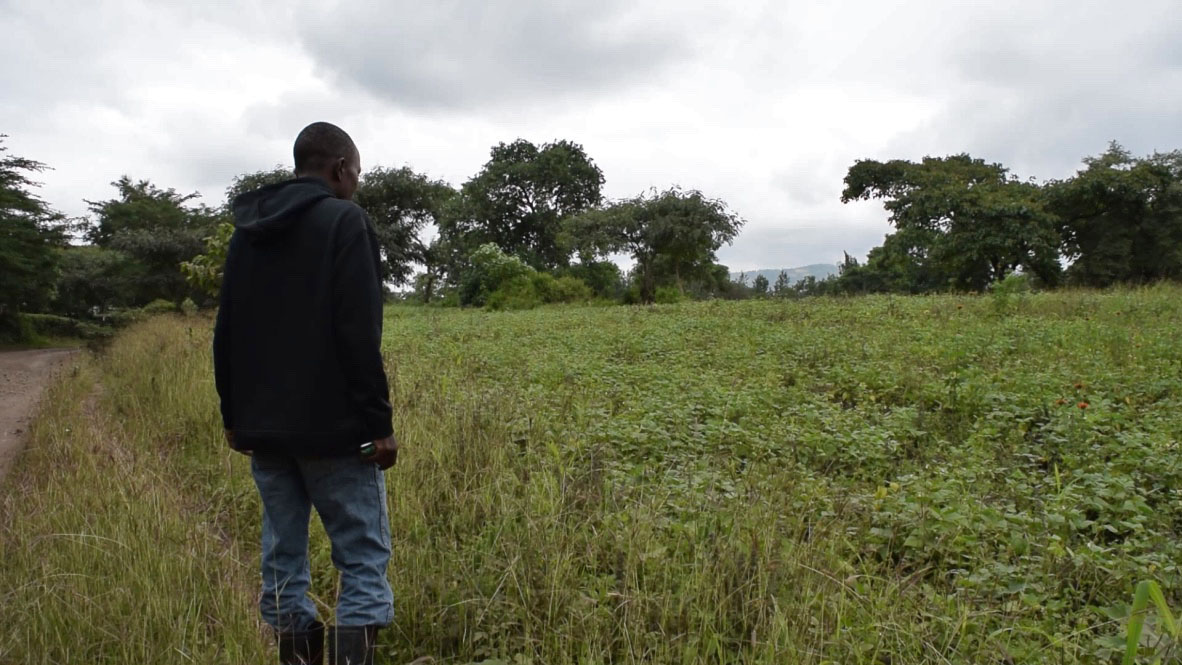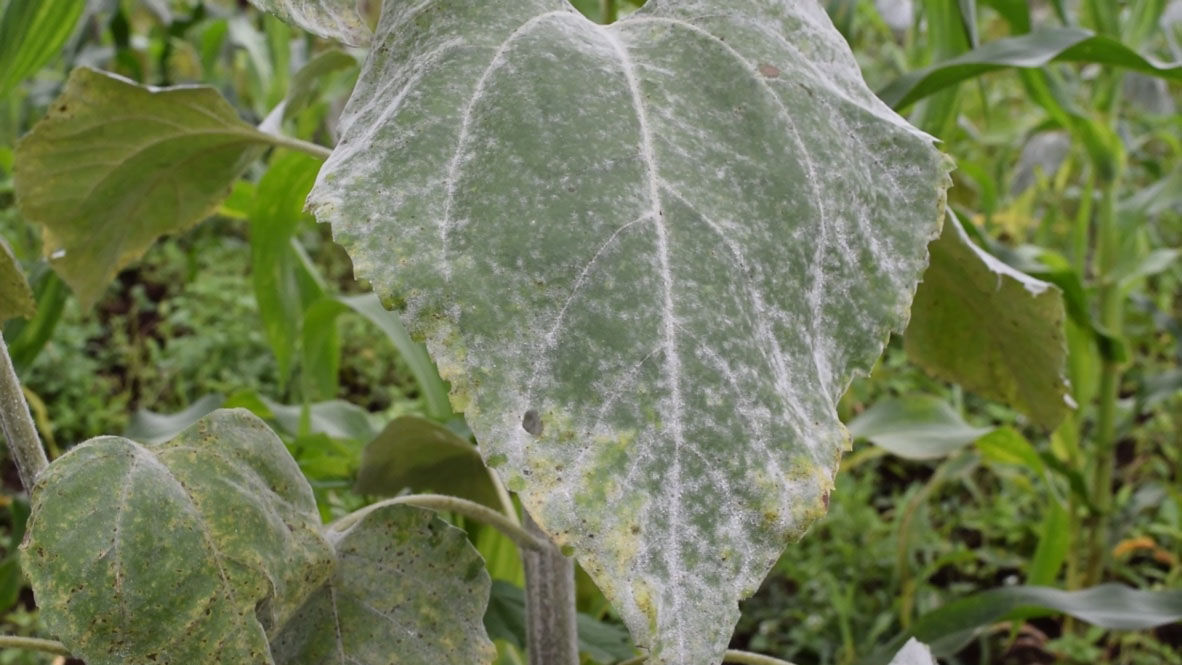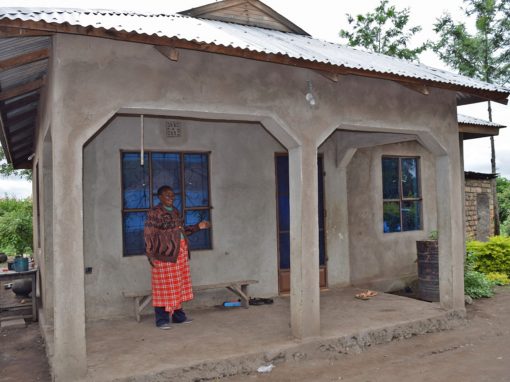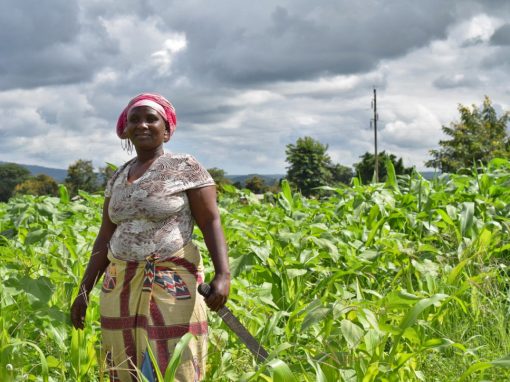Elisante Sandy: The hungry farmer
Elisante Sandy is like the majority of subsistence farmers in Tanzania: he does not use improved seeds, nor does he know about proper agronomic practices. Extension services have not reached him, and he is food insecure because he does not know any other way.
Elisante Sandy is both a farmer and a preacher.
Twice a day, he drives his 15-year-old silver van 45 minutes each way to get his kids to and from school. The roads are unpaved and rocky, and he typically has to replace a tire at least once a month. But Sandy does it because the little income that he earns goes towards school fees for his eldest two children: Jemimah, 9, and Josiah, 8.
His youngest, Jessie, 2, and Jonathan, 4 months, stay at home with his wife, Martha, who spends almost all of her waking hours cooking and cleaning. With no electricity and no running water, cooking for a family of six takes up most of her time.
Sandy is one of the 68.4 per cent of Tanzanians who live in a rural area, and one of the 90 per cent of the country’s farmers who do so at the subsistence level.
He lives in a small village in the King’ori ward, about two hours from the country’s third-largest city, Arusha. For company on the drive, he picks up hitchhikers. They are often his fellow farmers, but also members of his congregation.
On Sundays, Sandy wears his only suit jacket and preaches to his church of about 50 people. He talks about the goodness of God, that his village would be blessed with abundant faith, hope, and love.
His three eldest children all have malaria, although they were diagnosed by a man who never went to medical school, and who works out of a stall at the side of the road in a village with a population of less than 300. Twice a day, Jemimah, Josiah, and Jessie take three different pills to help with their malaria.
According to the World Food Programme, three in 10 people live in poverty in Tanzania, and 35 per cent of children under the age of five are stunted. According to a 2012 report by the FAO, in the five-to-seven years preceding the report, half of Tanzania’s 30 regions experienced food insecurity and shortages due to extreme weather conditions.
Sandy’s entire family lives on a diet of beans and rice, eggs in the morning from their dozen chickens, and once every week or so, a chicken itself. They have a banana from their banana tree every morning, and twice a day, they brush their teeth under that same tree.
More than 200 million people in sub-Saharan Africa depend on beans as a staple of their diet, according to PABRA, the Pan-African Bean Research Alliance, an organization that breeds beans for better health and crop yield, and a recipient of financial contributions from the Canadian government.
Sandy owns three acres of land, which he inherited from his father-in-law when he got married, and which he uses to farm maize and beans. If his crops fail, which they increasingly do as the climate in east Africa becomes more and more unpredictable, his family must rely on his chickens. If he runs out of chickens, he has two goats. If the goats die, he has nothing to fall back on.
In the event that happens, he can apply for government assistance, although he said it is not enough to live on, and because most of the country’s population are farmers, there is too great a demand on government agencies to help everybody.
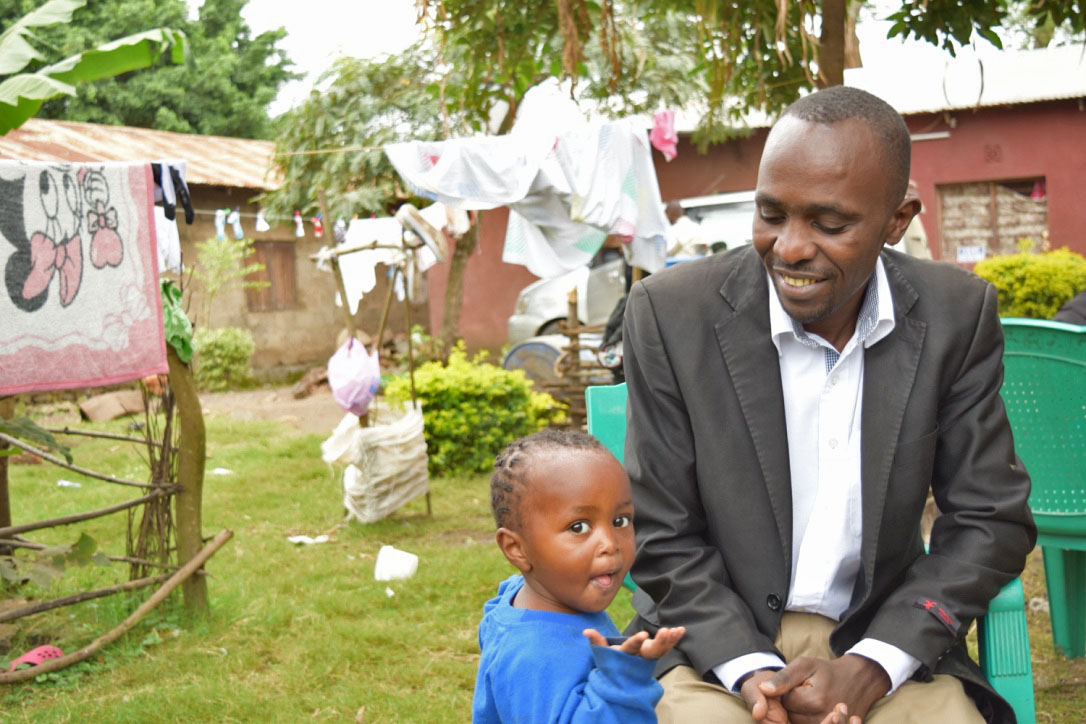
Sandy’s house is made up of two separate rectangular structures, each separated into two rooms, and his family must walk outside to go from room to room. His children sleep in the living room. His kitchen is a room with a cement floor, with no electricity, no running water, and buckets along the floor, used both to store ingredients and to sit on.
He said he worries because his crops in the last several yields have been pest- and disease-ridden, and the rain is coming less frequently and not staying as long. He said he worries about not only himself and his immediate family, but also the livelihoods of those in his congregation.
According to the Food and Agriculture Organization (FAO), 90 per cent of farmers in Tanzania do not have access to safeguards in the event of livelihood shocks, making their work and food situation very vulnerable.
“The system is not good for the farmers, for the small farmers,” said Peter Kessey, the ward councillor for King’ori. He’s a big man in a tan suit, and although he makes his living farming his 10-acre property, his small government salary pays him enough to afford the biggest house in the village.
He said the thing farmers need most is funding for inputs — substances for pest control or soil fertility — and education on the benefits of better agronomic practices.
However, according to the Human Development Index, on which Tanzania ranks 151 out of 188 and is considered low human development, “in Tanzania distributing vouchers for agricultural inputs disproportionately benefited the households of village officials, who received 60 percent of the vouchers.”
Slowly, the situation in Tanzania is improving, but market and environment volatility and unpredictability mean that people who know no other lifestyle than subsistence farming are finding it increasingly difficult to survive on their yields. The country also has a relatively politically stable, at least at the federal level, but at the local or ward level, “institutionalized democracy and good governance are challenged by corruption and poor delivery of government services,” according to USAID.
But programs like PABRA’s are slowly working to deliver farming technologies to Tanzanians, and the country is not in a state of drought or extreme crisis like Kenya, Uganda, South Sudan, and Ethiopia.
PABRA breeds beans to make them more climate smart and resistant to unpredictable weather, and they also teach farmers about agronomic practices. But many farmers, like Sandy, do not have access to those technologies, and have not been contacted by outreach workers.
Click above to read the next part of the story, or click below to navigate through different chapters.
